Getting a peek behind a multi-million production line is rare, especially when it’s a look at something Pokémon-related. Thanks to PokéBeach, we now know a previously-leaked video showing how Pokémon TCG products are made is actually something that was produced internally.
According to PokéBeach, TPC and Millennium Print Group (MPG) purposefully created this video as sort of an overview for employees; hence, it contains no proprietary information that may have harmed production for upcoming products should it have leaked, which it did.
This is the first full look anyone outside of the production line has ever seen of the creation process. The video details the process of bringing products from Japan’s OCG to the TCG to this level, with a step-by-step overview of sorts.
To start, Creatures sends TPC the full set lists based on OCG products and including all the pertinent details regarding new text and artwork. This is then arranged into a new Excel file to create the TCG equivalent of that set (or sets) before translation begins.
There is also a “master” Excel document that contains translations for all previous moves and other text to ensure that each new card can fit into the TCG before putting the cards together via templates in various Adobe programs. This is followed by extensive checking for any errors before TPC begins working on any special cards, like full art variants, due to the different textures used in printing.


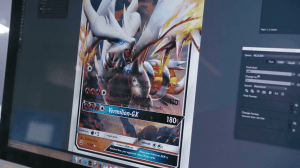
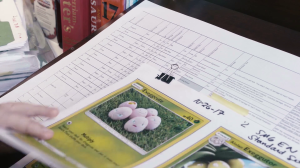
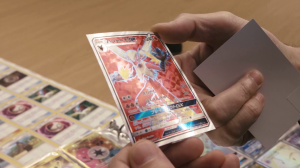
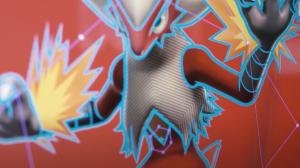
According to the video, it takes roughly three weeks to translate and create a set of card templates, which is then used as the base to translate the sets into French, Italian, German, Spanish, and Portuguese before the data is compiled and shipped to MPG.
The printing process is just as extensive in terms of checking colors, corners, and other aspects for defects at each stage. And, thanks to this video and PokéBeach, we know that MPG uses $8.5 million printing presses that are 120 feet long. Each press has the capability of printing roughly 26.62 million Pokémon cards per day; this does not account for holofoil cards, which are printed separately. There is even footage of different products being filled and sealed.

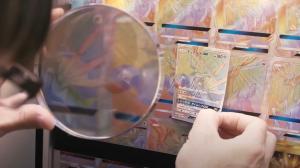
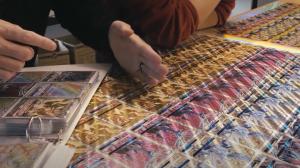
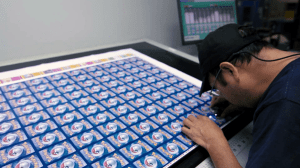
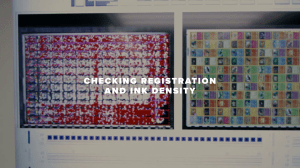
You can watch the full 16-minute video on YouTube or read additional details about the process, along with expert speculation, on PokéBeach.


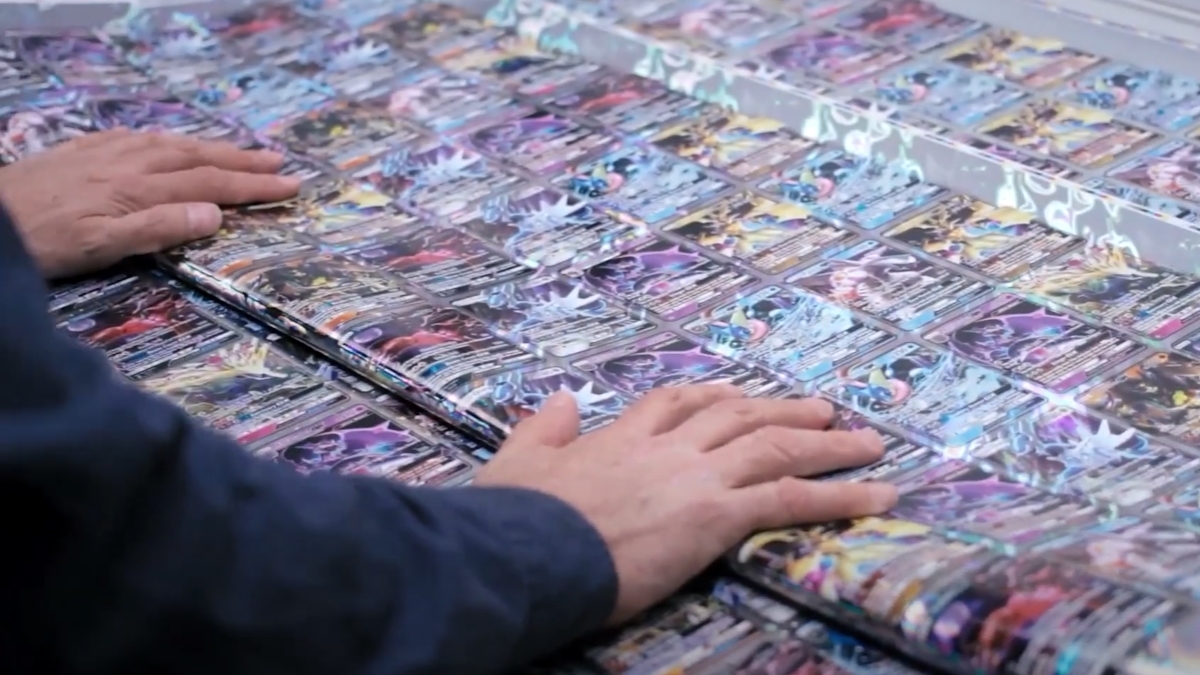
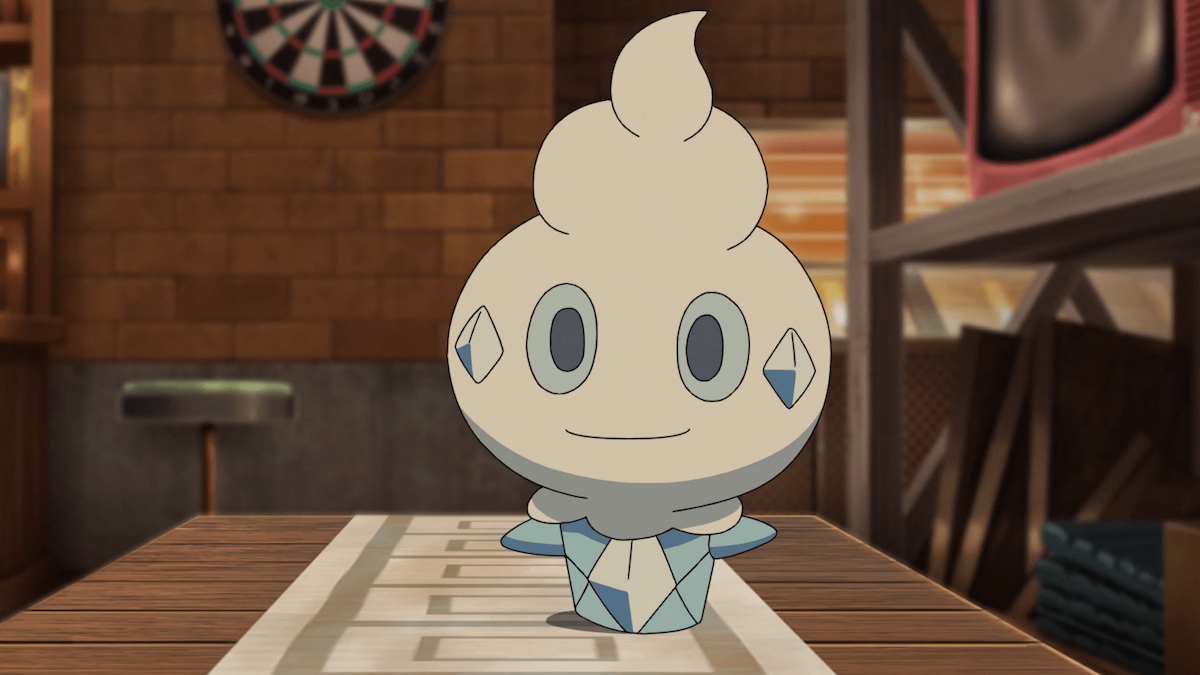
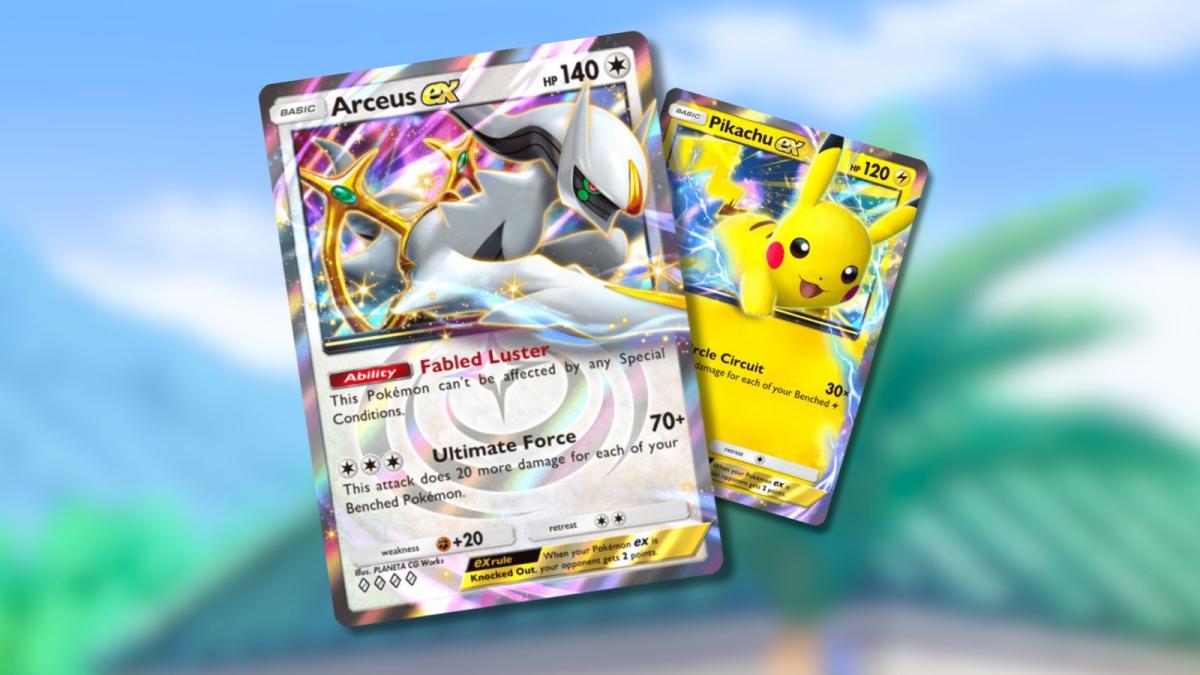
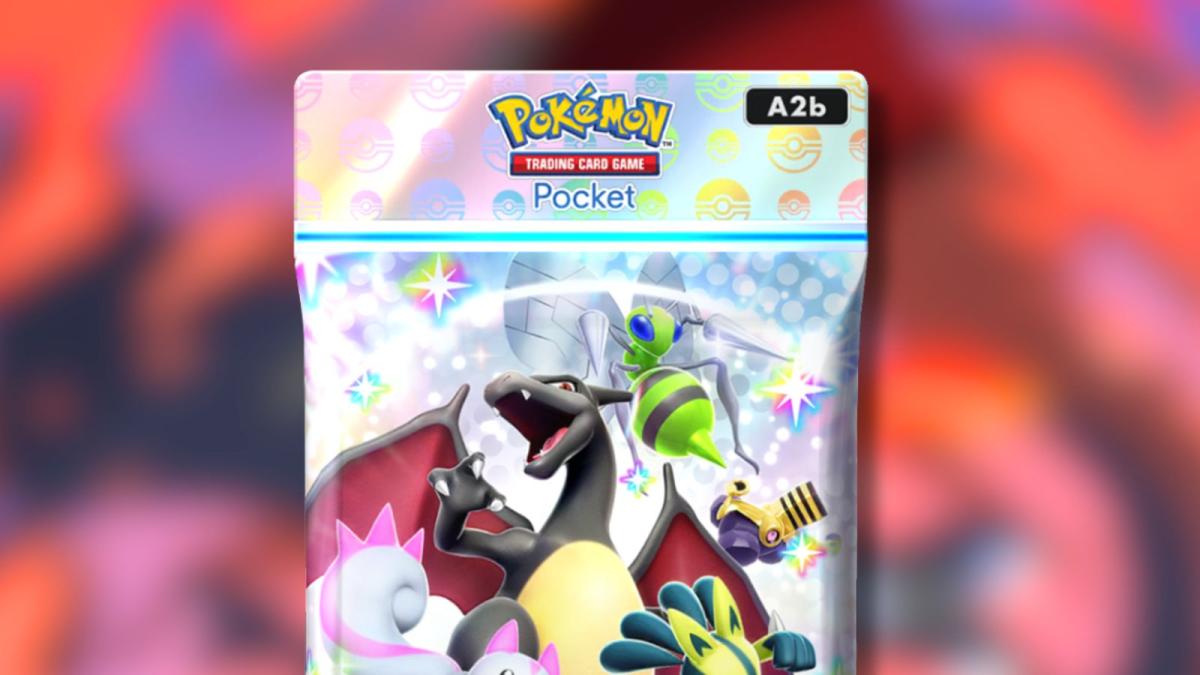
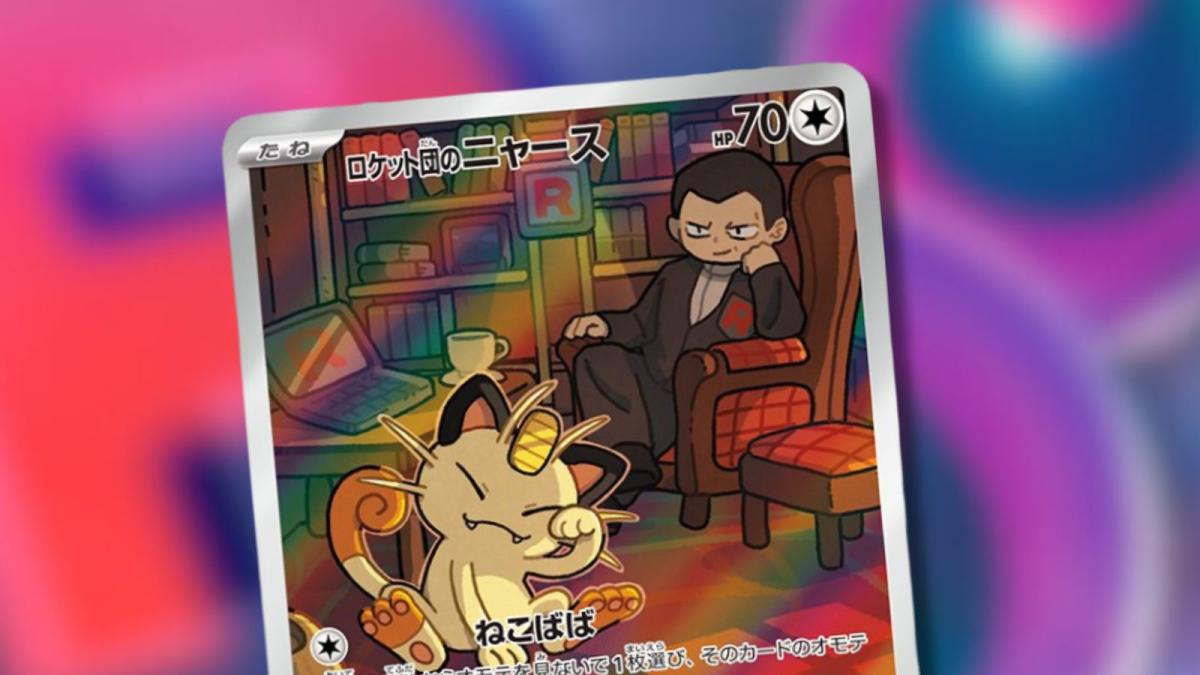
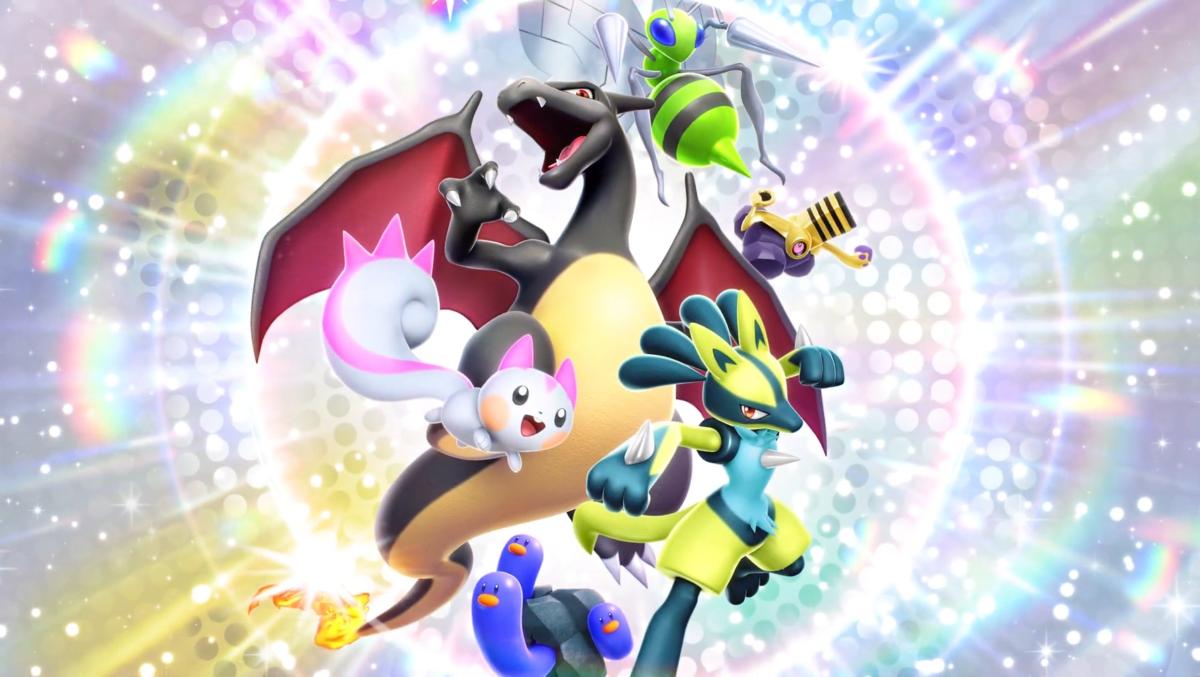

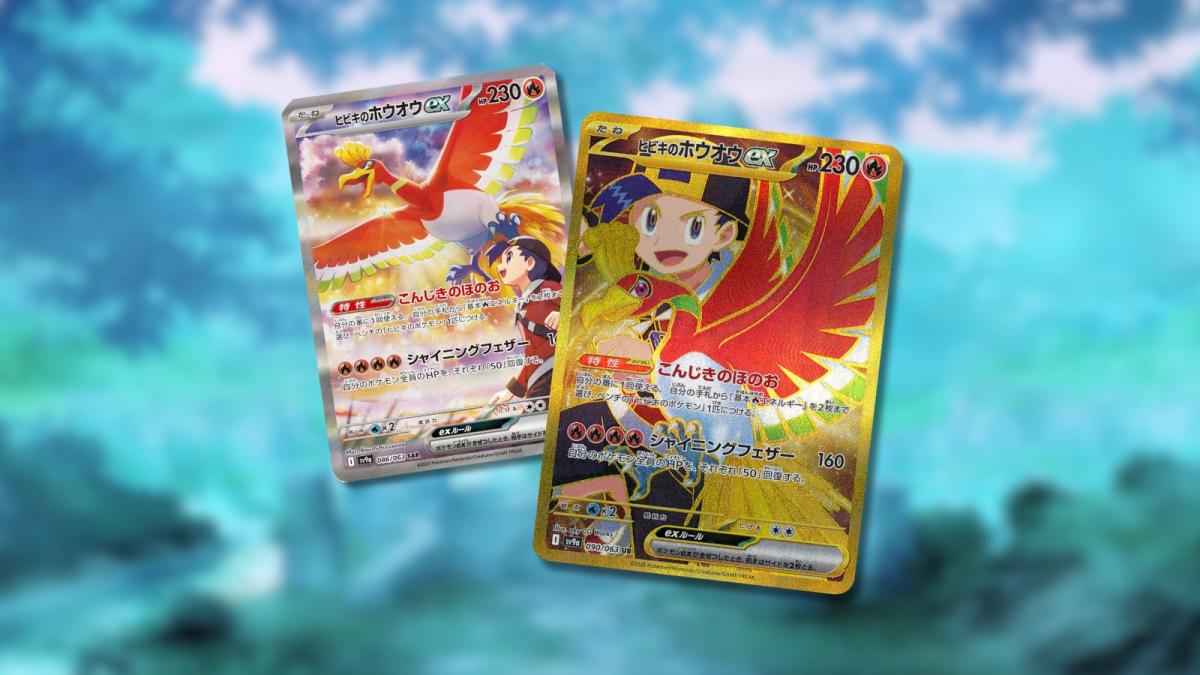
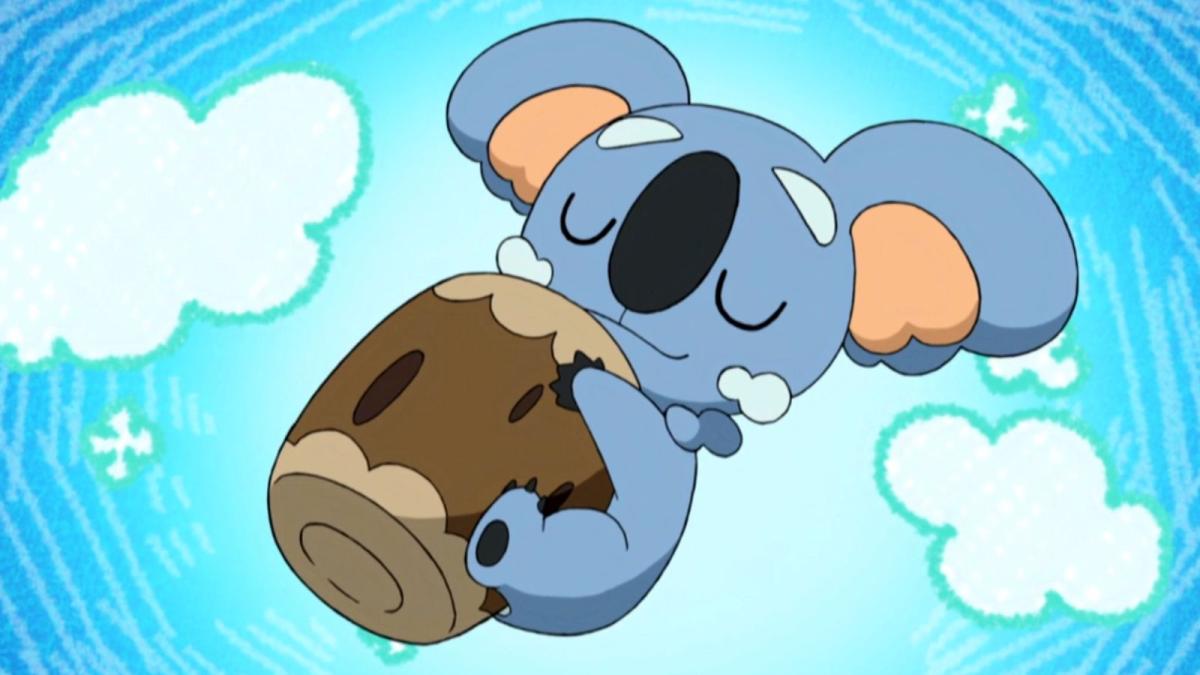


Published: Sep 27, 2022 07:39 pm